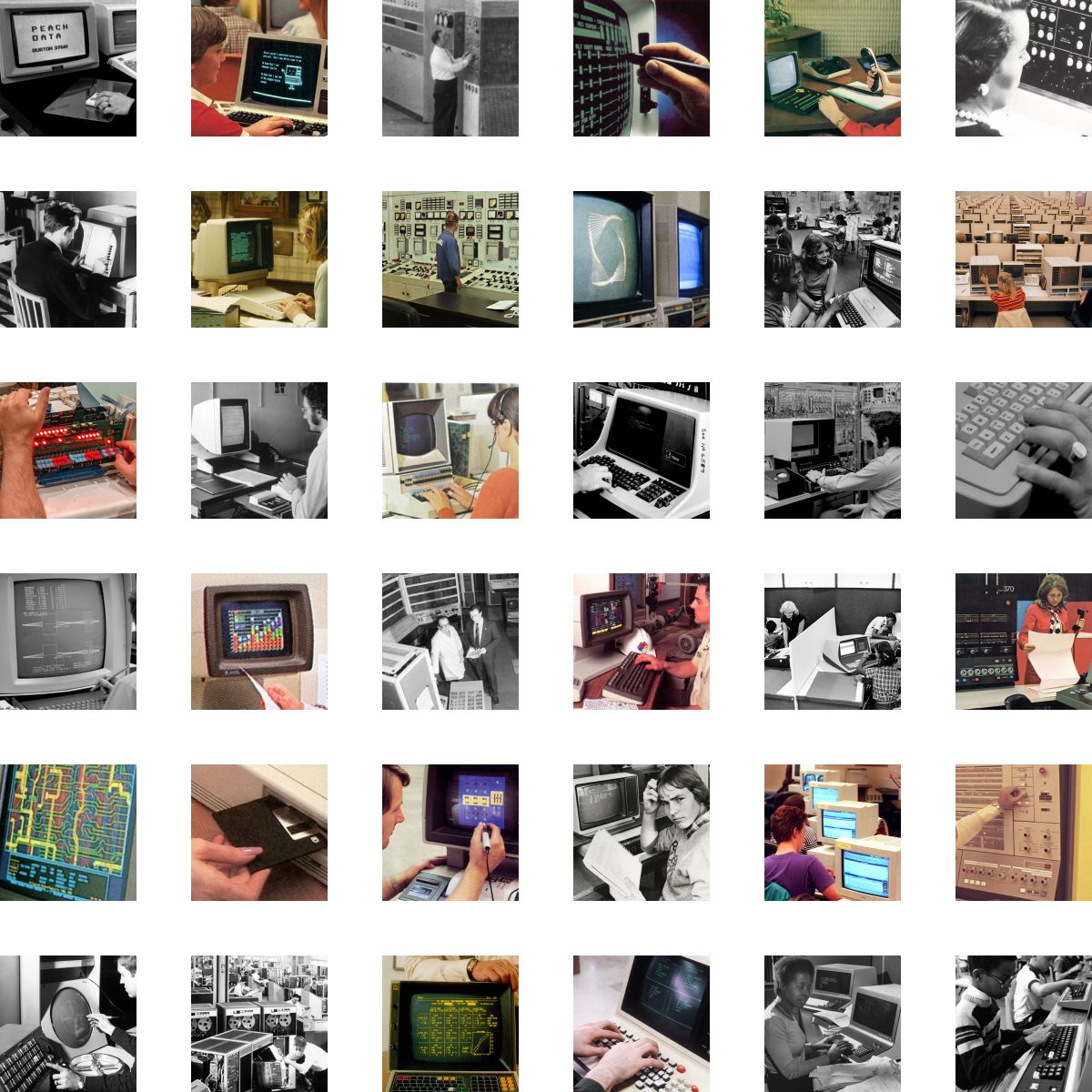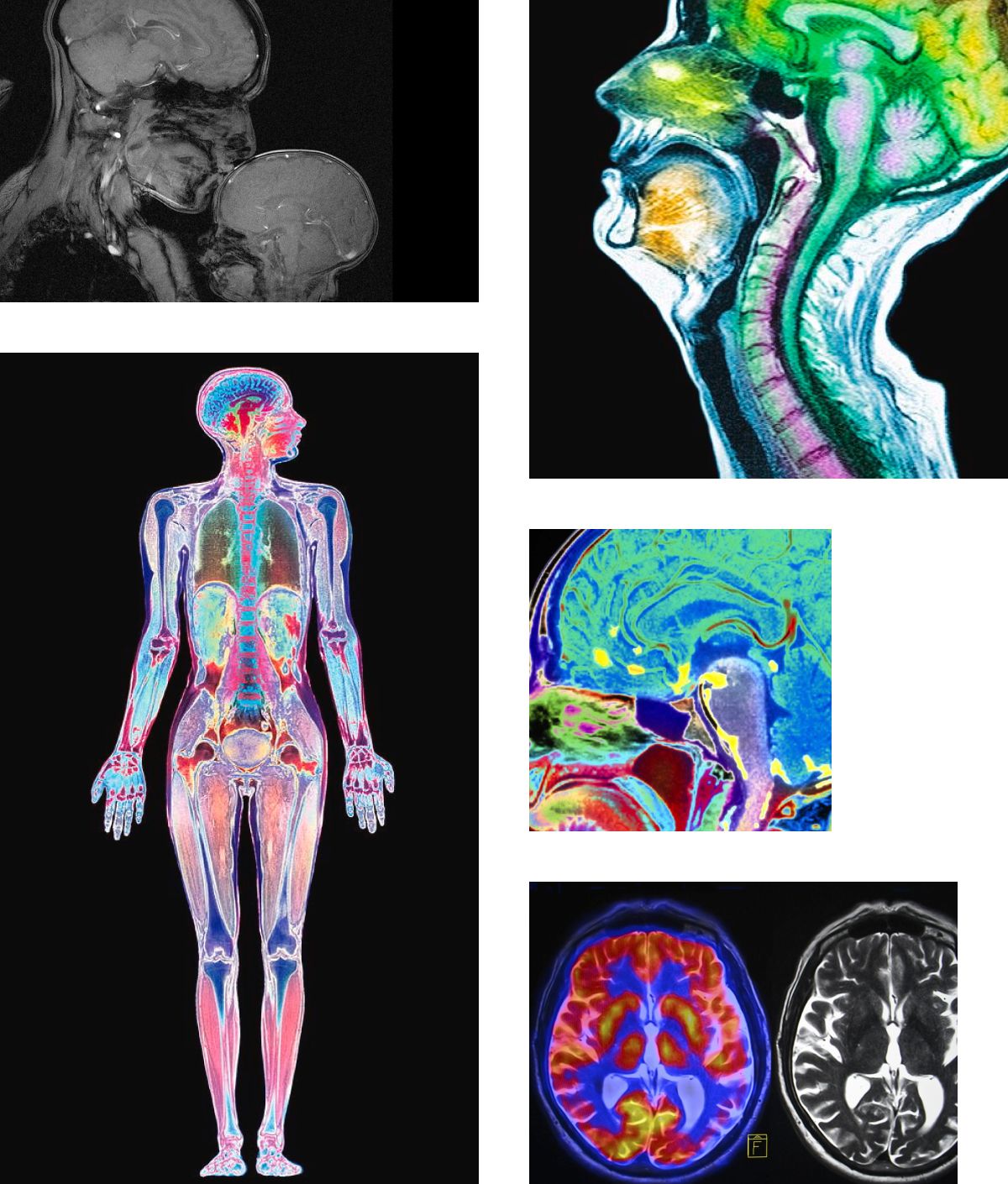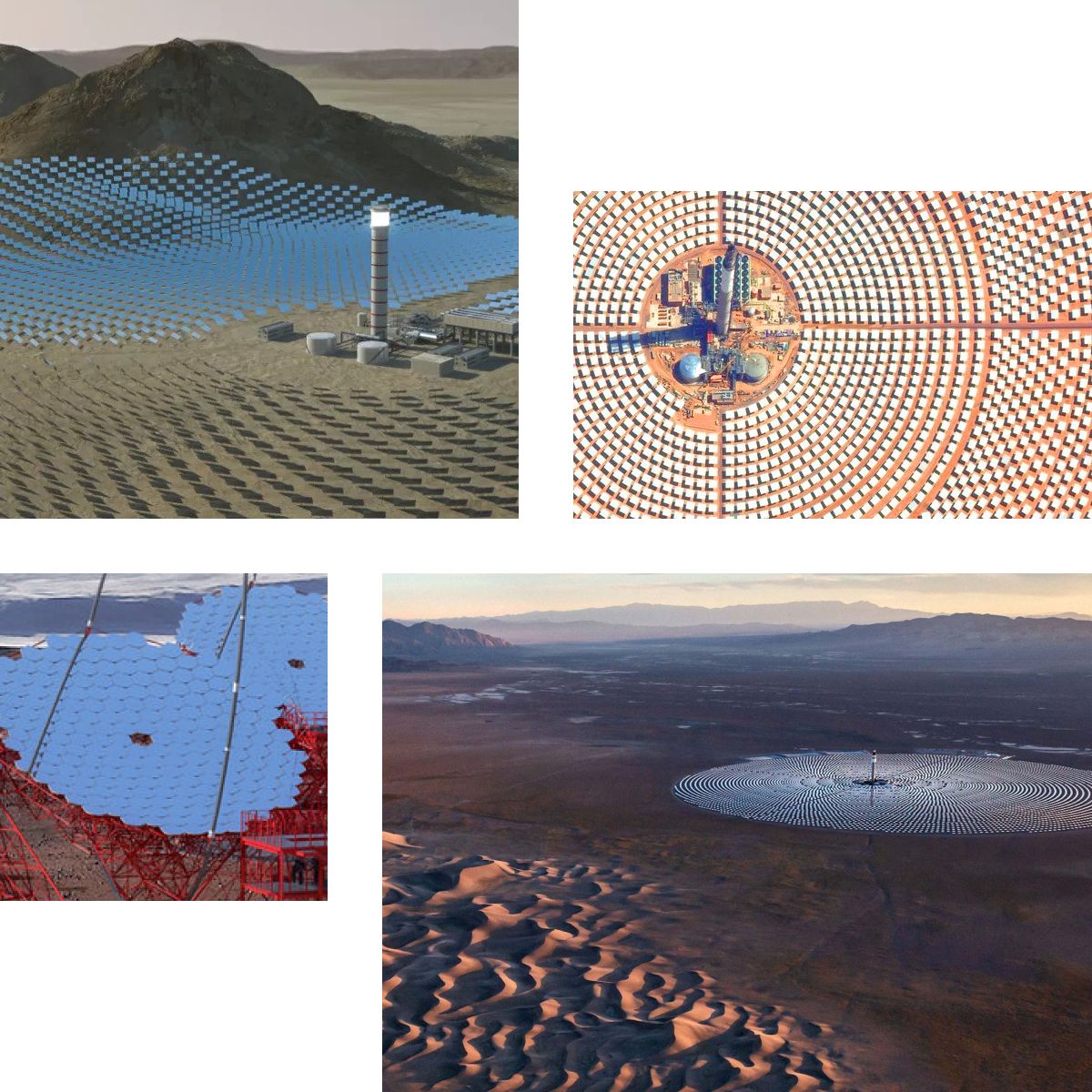Your Own Personal Picture Collection
Many years ago, when I was a student at RISD, one of my favorite places to visit was the Clipping File. It was an extension of the RISD Library — a vast collection of printed images and clippings organized with a card catalogue.
If you ever needed source imagery for a project you were working on, you could visit the file and find dozens of images of just about anything. Clouds? They had ’em all — cirrus, stratus, cumulonimbus, altocumulus lenticularis, fractus, fog, contrail — in every which way — photograph, slide, newspaper, postcard, drawing, etc. It was a magical place. You’d enter with an idea and leave with an ephemera-stuffed enveloped sealed with button and string. How cool is that?
Over the years, I’ve wondered many times whether the Clipping File was rendered obsolete by Google Image Search. Apparently not! It finally occurred to me to, well, google it, and I found that the RISD Picture Collection (was it always called that? inquiries to a few fellow alum seem to confirm that we all called it The Clipping File) is still there, open to visitors Monday - Friday, 9am - 4:30pm. 500,000 hardcopy images await your exploration.
I think the clipping file left a permanent mark on my brain. I’ve always felt that maintaining a personal collection of source material is a good idea. Yes, Google Images “does that,” but the thing is, Google Images is not really a collection, it’s a search query, and it’s not stable. The images that appear in its grid don’t stay there. We don’t really take notice of that because no matter when you search for an image — as general as “clouds”, say, or as specific as “43-year old man with buzzcut typing at computer” — you’re going to get thousands of results. But you don’t have control over any of those results. Things will come and go. If you’re looking for that picture of clouds you like, there’s no guarantee you’ll ever see it again.
Unless you download it!
For years, I’ve maintained a personal picture collection on an external hard drive. My directory is called “IMAGE-FILE” and it contains many subdirectories for collections of images like “interaction_details” and “crop_circles” and “sketchbooks” and “translucent_technology.” I love browsing through it. It’s not uncommon to find an image that I’d completely forgotten was there.
Here’s a sample from my “computers_vintage_in-use” collection.

I have a very large collection of these kinds of images — some are very old and very cool. I never tire of looking at them, probably because they make it easy to imagine a different future from them — another way that the whole “computer thing” could have gone. But that’s a different post.
Here’s a sample from my “bodyscans” collection. We have many ways of looking into the human body, and the images we generate are beautiful.

Here’s a sample from my “workspaces” collection.

And lastly, here’s a sample from my “solar_arrays” collection. I just really think these things are neat.

Incidentally, if you like grids of seemingly random images, check out the RISD Nature Lab’s website. Toward the bottom of the page is a grid of “collections and equipment.” Each little image is clickable! You can find entries for cool handmade objects like this or even these little guys.
Any personal collection is going to be an oddity. Like, why does mine have so many pictures of old computers and crop circles and brains and UFOs and infrastructure and messy stacks of paper on desks? I don’t know! It just does!
You might be thinking “cool cool cool so what are you going to do with all these pictures?” which is very reasonable.
I don’t know! Look at them?
But I HAVE THEM THEY ARE MINE NOW.
And I like that.
(Seriously, though, I often want to show pictures of things to my daughter, and this is a very easy and reliable way to do it without the eye roulette of Google Images or the staged uncanney valley world of Stock Imagery collections.)
Christopher Butler, December 8, 2023
Filed under: Essays